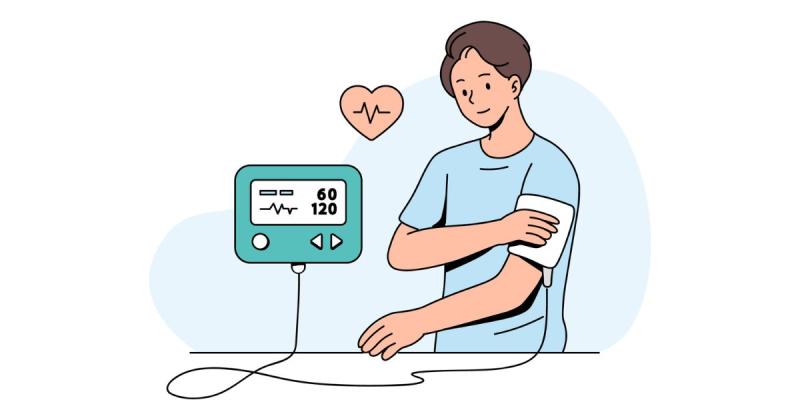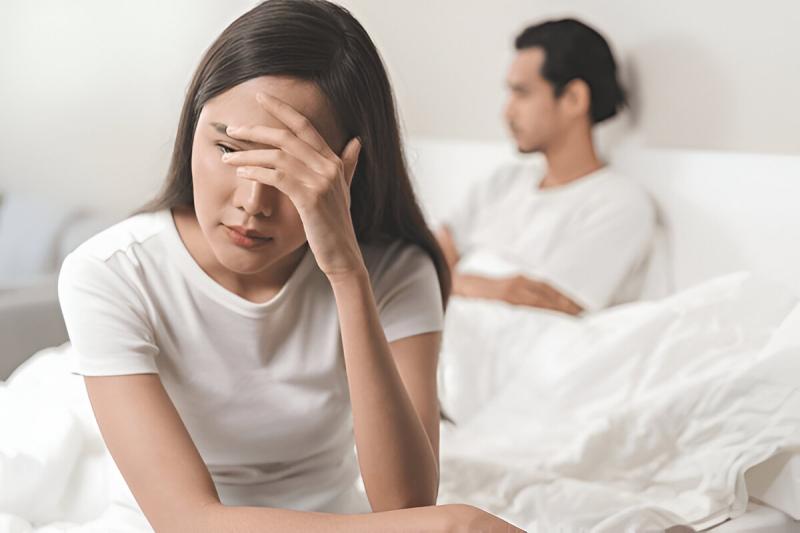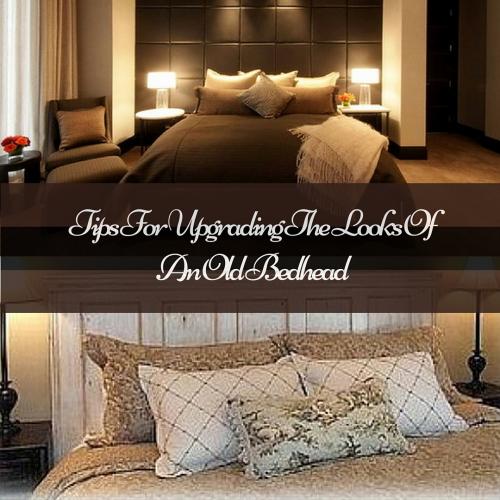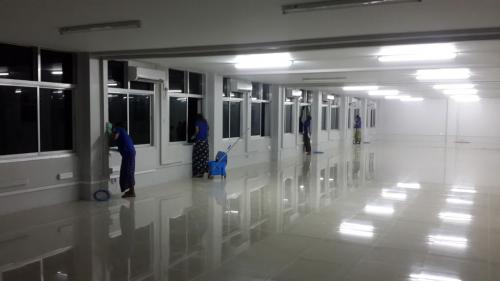Complete Guide to Low Blood Pressure Treatment at Home

Low blood pressure affects about 10% to 20% of older adults in the United States. It can make you feel tired, dizzy, and even cause serious health problems. Knowing what to do if blood pressure is too low is important to help you feel better at home. This guide will teach you some easy home remedies for low blood pressure, emergency treatments, and tips to manage it over time.
What is Low Blood Pressure?
Low blood pressure, also called hypotension, is when your blood pressure goes below 90/60 mm Hg. Some people may not feel any symptoms, but others may feel dizzy, lightheaded, or tired. If you have these symptoms, learning low blood pressure treatment at home can help keep you safe and comfortable.
Quick Fixes for Low Blood Pressure at Home
When you need quick help for low blood pressure, try these home remedies for low blood pressure:
1. Drink Lots of Water
When you’re dehydrated, your blood volume goes down, which can lower your blood pressure. Drinking at least eight glasses of water every day can help keep your blood pressure at a healthy level. Drink extra water on hot days or when you’re exercising.
2. Add a Little More Salt
Eating a little more salt can help raise your blood pressure. You can find salt in foods like cottage cheese, olives, canned soups, and tuna. Talk to your doctor before adding more salt to your diet if you’re worried about your health.
3. Try a Caffeinated Drink
Caffeine in drinks like coffee or tea can raise your blood pressure for a short time. Drinking a small cup of coffee might give you a quick energy boost if your blood pressure is too low. But keep in mind, if you drink coffee regularly, you may not feel the effects as strongly.
4. Eat Foods with Vitamin B12
Vitamin B12 helps make red blood cells, which your body needs to keep your blood pressure up. If you don’t get enough B12, you might feel tired or lightheaded. Good sources of vitamin B12 include eggs, chicken, dairy, and fish like salmon and tuna.
5. Get More Folate
Folate, or vitamin B9, is another important nutrient that helps prevent anemia. Low folate levels can make you feel weak and dizzy. Foods rich in folate include lentils, chickpeas, broccoli, asparagus, and liver.
6. Eat Fewer Carbs
Eating a lot of carbs, especially processed ones, can make your blood pressure drop quickly. Older adults may benefit from eating fewer carbs to help keep their blood pressure steady.
7. Eat Smaller Meals More Often
Eating big meals can lower your blood pressure because your body needs more blood to digest large amounts of food. Try eating smaller meals more often to help keep your blood pressure stable throughout the day.
How to Manage Low Blood Pressure Over Time
If you have low blood pressure often, there are long-term changes you can make to keep it under control.
Make Smart Food Choices
Your diet affects your blood pressure, so making a few changes can help. Try to add 4 to 5 grams of salt to your meals each day, but only if your doctor says it’s okay. Foods rich in vitamin B12, like eggs, lean meat, and yogurt, can prevent anemia, which can cause low blood pressure. Folate-rich foods like spinach, black-eyed peas, and asparagus help with blood flow. Eating smaller, frequent meals can also help keep your blood pressure steady.
Lifestyle Tips for Low Blood Pressure
Certain lifestyle habits can also help manage low blood pressure. Raising your legs can prevent dizziness and lightheadedness by keeping blood from pooling in your legs. Daily exercise is also good; start small, with just 5–10 minutes, then slowly add more time. Lower-body exercises, gentle yoga, and biking are great for improving blood circulation and managing blood pressure.
What to Do in a Low Blood Pressure Emergency Treatment at Home
In a low blood pressure emergency treatment at home, lie down right away and lift your legs. This helps bring more blood to your heart and can raise your blood pressure. Drink a glass of water and, if possible, eat something with salt to help raise your blood pressure.
Warning Signs to Watch For
Some symptoms of low blood pressure can be treated at home, but others need fast medical help. Call for help if your blood pressure drops below 80/50 mm Hg or if dizziness lasts longer than five minutes. Other serious symptoms include fainting, chest pain, trouble breathing, clammy skin, and fast or shallow breathing. Knowing these signs early can help prevent bigger problems.
Final Thoughts
These low blood pressure home treatments can be helpful for many people, but they are not meant to replace medical advice. Always talk to your doctor before making any big changes, especially if you take medication or have other health conditions. Managing low blood pressure at home can make you feel better each day, helping you stay active and enjoy life.







Comments (1)
Intellprep
6
Believe Prepare Succeed
Great article! This guide provides practical and helpful tips for managing low blood pressure at home. I appreciate the emphasis on natural remedies like staying hydrated, eating small meals, and including more salt in the diet where appropriate. It’s also good to see reminders about lifestyle changes, such as standing up slowly and wearing compression stockings, which can make a big difference. This is an excellent resource for anyone looking to understand and manage their blood pressure.